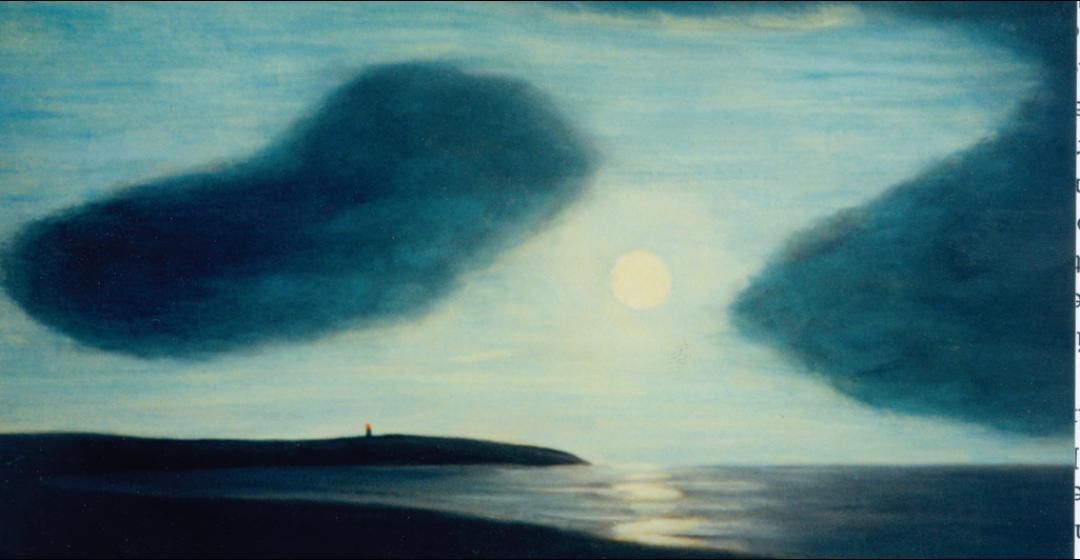In his 1959 book Successful Surf Fishing, author Jerry Jansen wrote: “The fishing at Lobsterville is fair, with some good fish being taken from time to time. It is a favorite spot for bait fishermen. This area can be fished easily enough, but a buggy is advised. The hike from Lobsterville to Menemsha and back on the gravel and sand beach has been called the ‘Death March’ by the few who have survived.”
When Jansen wrote his book I was fishing Lobsterville and Dogfish Bar with a few regulars that included Buddy Oliver, Red Grant, Percy West, Tony Gaspar, and Owen Rabbitt. A couple of us had beach buggies, and we drove the tideline from Dogfish to the Menemsha jetties prospecting for bass that were hammering small bait close to shore. Conditions were perfect for fly-fishing or light-spinning, but we knew nothing about such methods and used the tackle we had – surf outfits and big plugs that certainly didn’t match the hatch but nevertheless were productive. Many of the fish were big: twenty-, thirty- and even a few forty-pounders.
How times have changed! Vehicles are no longer allowed on the beach, a paved road has replaced Jansen’s “death march,” and the area is one of the most famous and productive fly-fishing destinations anywhere, as well as an autumn hot spot for bluefish, false albacore, and bonito. The beach faces north-northeast, creating a lee from the prevailing southwest wind. When it blows southwest it produces perfect fly-fishing conditions – a following wind and flat water where a swirl or break can easily be seen on even the darkest night. Striped bass are vectored in from nearby Devil’s Bridge by a profusion of baitfish that have exited nursery grounds in Menemsha Pond and moved along the beach seeking shoal water safety. When the wind is onshore from the north, fishing can also be explosive, particularly for false albacore, with spinning outfits and metal lures the preferred choice. Both the falling and rising tides are productive as long as the water is moving and not slack.
In the late 1970s I took up saltwater fly-fishing after hearing that two Vineyard legends, Bruce Pratt and Arthur Silvia, were catching large stripers on flies. I was determined to learn this discipline, and one July morning drove to Lobsterville at dawn and saw someone hauling in a fish on a fly rod way down the beach and went to investigate. It was Arthur Silvia. He had landed two bass that weighed between twenty and thirty pounds and was fighting another. The fish were about eighty feet offshore. I couldn’t reach them, so I just sat down and watched. The man was a consummate fly caster who could land a twenty-pound striper on a nine-weight fly rod in no more than five or six minutes. It was an epiphany. I became a fly rod purist in that moment and gave up all other fishing methods for the next twenty years. Lobsterville and Dogfish Bar were my primary hot spots, and they produced epic fishing as time went on, with some nights yielding up to twenty or more bass. There were no more beach buggies or surf rods, and parking access was sometimes problematic, but the rewards were more than worth the effort. They still are.





